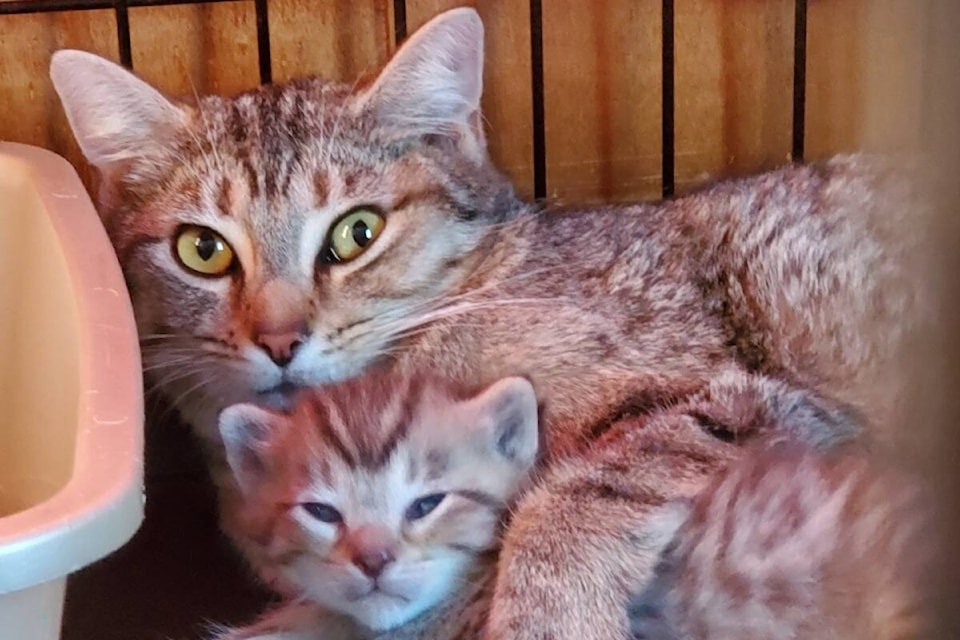CARES cat shelter had adopted out six of the nine cats it took in from a cat hoarding site in Willowbrook.
The three remaining cats are requiring special attention since their first sustained contact with humans was being forcibly held so they could be treated for various maladies and could be cleaned. So there’s lots of kiss-and-cuddle sessions and other socialization so they can unlearn their fear of people.
They were among the 50 un-spayed and unneutered cats living in a house with substandard food and substandard living conditions last autumn, according to Carol Briner, CARES past-president.
“Hoarding happens when the accumulation of animals is such that minimum standards of care are not provided, things such as nutrition, sanitation, shelter, vet care, and socialization. The conditions they lived in were crowded, cramped and filthy,” she said.
Normally, cats from hoarding situations are afraid of people, as there are too many cats for the hoarder to socialize. This lack of socializing is the biggest issue for shelters. It is the goal of a shelter, to act as a temporary home for animals. It is difficult to adopt shy, non-sociable cats, as most people are interested in nice friendly cats and kittens, she explained.
CARES has taken in cats from more than one hoarding site. In one case, the cats were covered in fleas, dirty, and did not know how to use the litter boxes, it was quite the mess. The cats were not spayed or neutered, growing the population quickly, Briner added.
That then becomes a burden on animal welfare groups such as CARES as well as the community which much deal with pet overpopulation.
CARES was also involved in a hoarding situation last summer when a woman had about 30 cats living with her in a fifth wheel trailer. CARES Tara White was able to convince the owner to relinquish five cats. Before the SPCA could seize the remaining cats, the woman left the site, abandoning several cats which had to be trapped.
White said in the cat hoarding situations they’ve been involved in, it’s typically not the first time the hoarder has deal with the authorities. Some have had animals seized before, then go out and start gathering up more animals because they believe they are helping them.
“People who hoard are not evil or malicious. They normally have mental health issues leading to this,” Briner noted.
• READ MORE: 123 animals seized at one site, 130 found dead at another property
• READ MORE: 71 cats seized from two motorhomes on rural B.C. property
Though not the same as a situation in which backyard breeders mistreat the animals, it’s still the animals that pay the heaviest price. The cats require extra attention and care, but the shelter is committed to finding them homes. Briner adopted a non-social cat and said the effort required to create that bond was worth it.
“I adopted Julie, a black, nasty girl from the shelter. She greeted you with a bite or an outright attack. It took months, but now, she is the sweetest girl,” she said. “Her favourite thing is to curl on my lap and watch TV with me, and the best thing is, she never complains about what I am watching.”
.
Adopt or foster
Those looking for TV buddies can attend the CARES Adopt-athon on March 23 and 24 at the adoption centre in PetSmart. CARES volunteers will be on-hand 10 a.m. to 3 p.m. with healthy cats and kittens needing forever homes.
Last year the no-kill shelter took in 400 cats and always welcomes support from the community to help with food, utility, and vet costs. People can also contact CARES to find out about fostering opportunities. Fosters look after new intakes of all ages, and help ready them for adoption.
